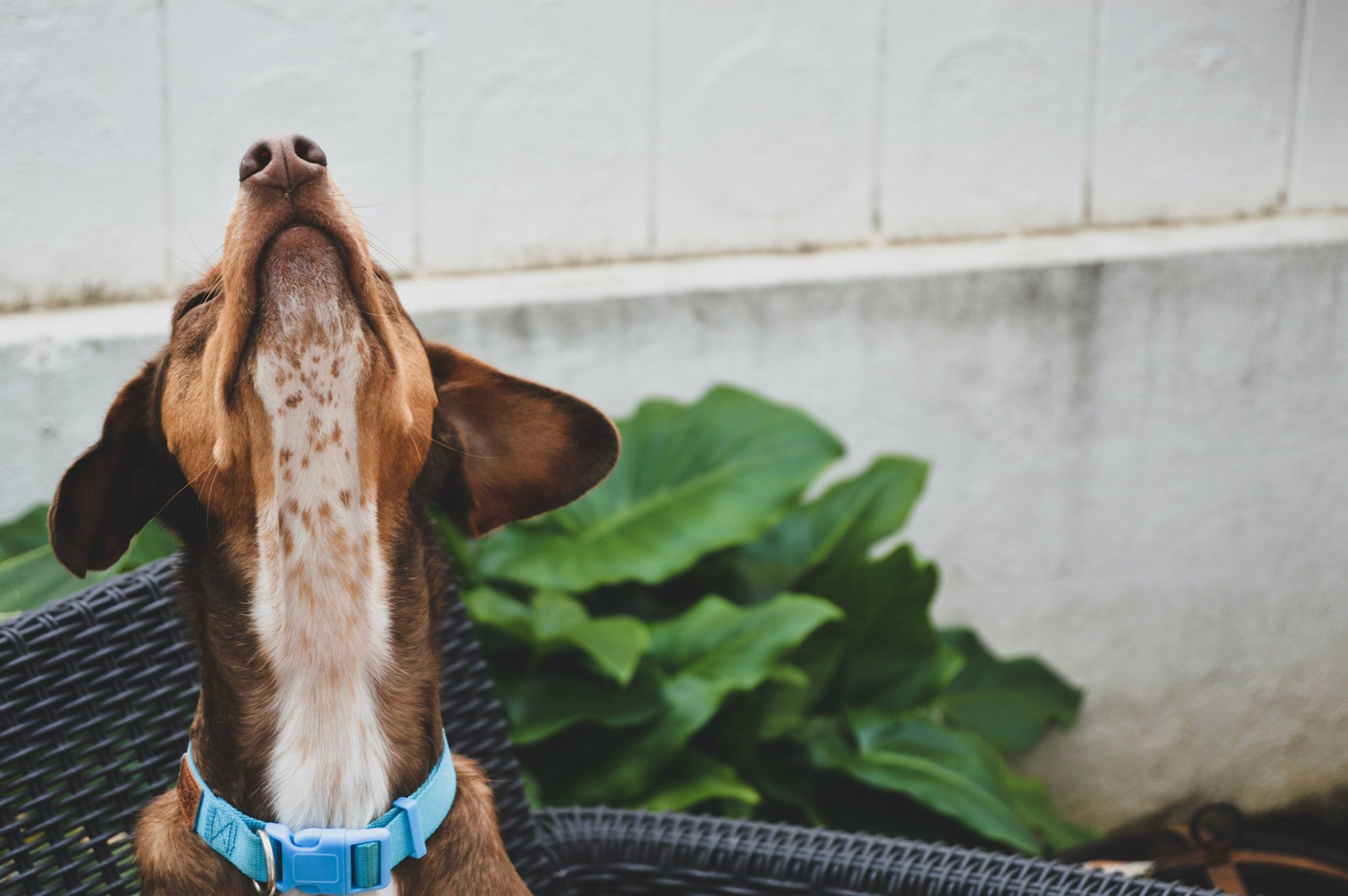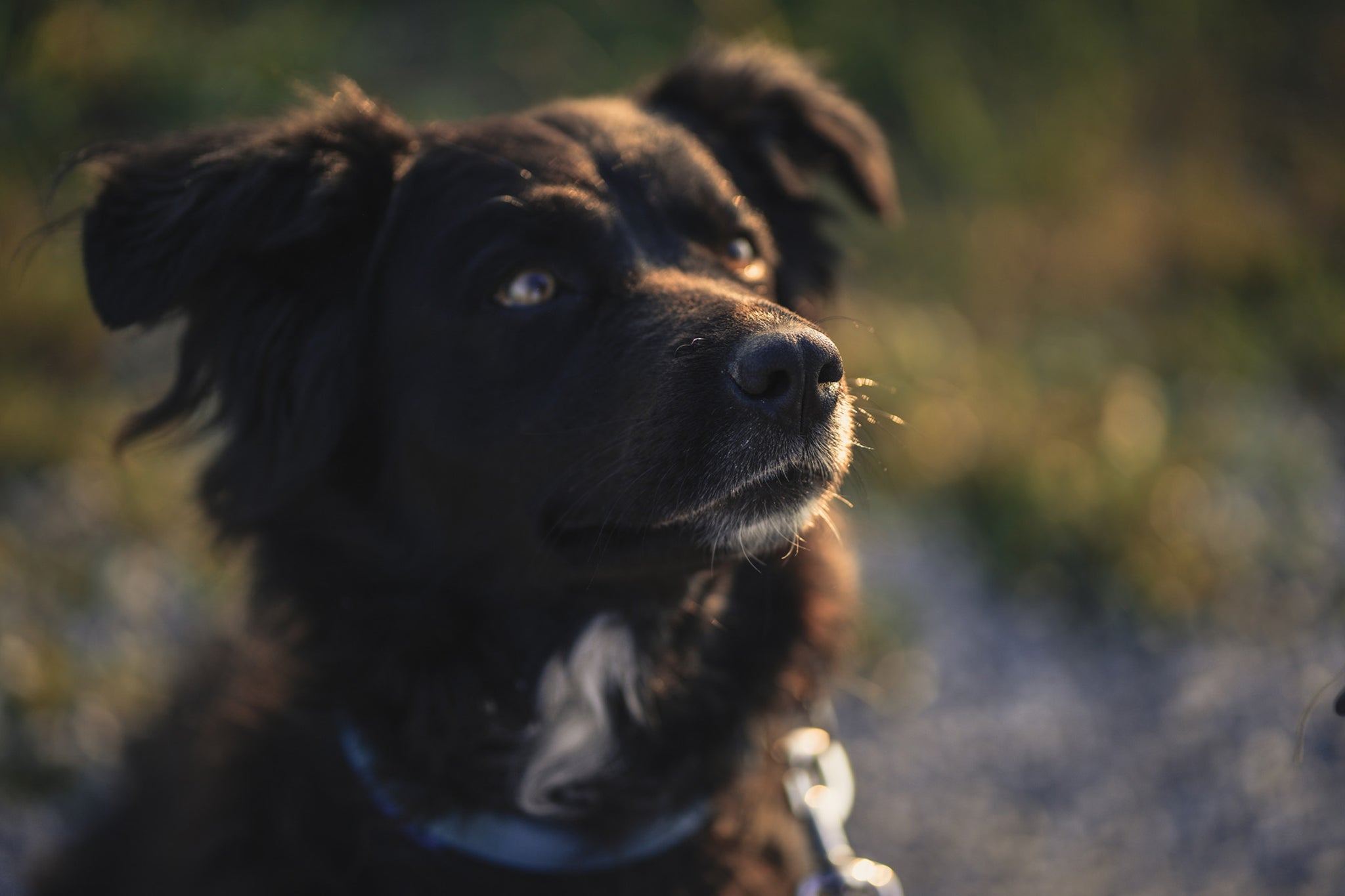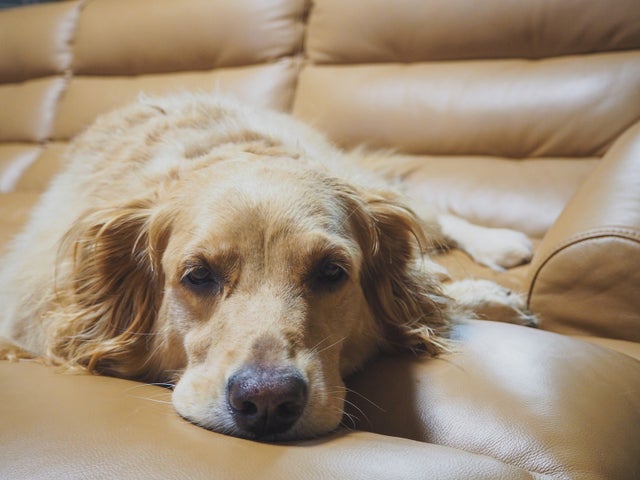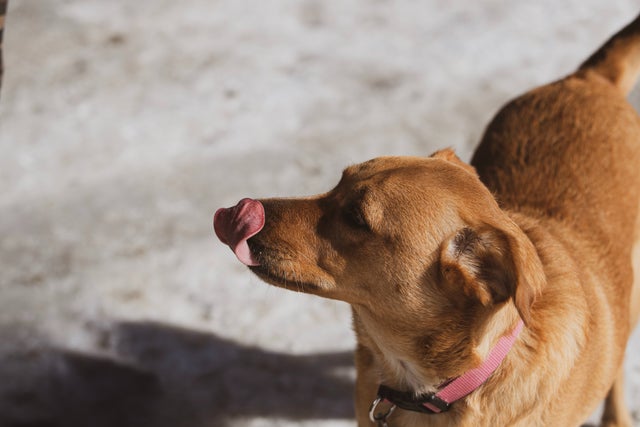What Does a Wet Nose Mean?
Dogs optimize their sense of smell and maintain their body temperature by keeping their noses wet. A moist nose is better for picking up scents because scent particles stick to wet surfaces, and this is why you may see your dog licking their nose frequently throughout the day, even after digging in the dirt.
Wet noses also serve as a body temperature regulator. Dogs do not sweat like humans do, so their noses are key players in maintaining normal body temperature, especially in warm weather.
What Does a Dry Nose Mean?
A dry nose could be caused by a several things. The wetness of your dog’s nose can change throughout the day. If your dog was recently playing or exercising, they could develop a temporary dry nose, which can easily be fixed with hydration.
Napping is also a common cause for dry nose, because dogs don’t lick their noses while they’re sleeping. Dogs sometimes like to cover their noses with their paws when they sleep, which can keep them warm while they nap.
Older dogs may also develop a dry nose more commonly than they did when they were younger. Their bodies are changing, including metabolism and energy levels.
How Does a Dog’s Nose Get Wet?
Dogs naturally release mucus through glands in their nostrils that help their noses stay moist and cool. They also frequently lick their noses after eating, drinking, sniffing, and playing. Sometimes they lick their noses to taste the scent particles they’ve gathered, or to keep them clean after sniffing something that may have left residue on their noses. On top of that, while they’re exploring outside with dirt, flowers, puddles, grass, and streams, they can very easily collect moisture that can make their noses wet.

When Should I Contact My Veterinarian?
A dry, warm nose is not cause for alarm immediately. However, if this is accompanied by other symptoms such as cracked skin around the nose, thick nasal discharge, exhaustion, diarrhea, or changes in activity and appetite you should contact your veterinarian. This could be indicative of fever, dehydration, or another condition. You may want to inspect their mouth and gums to check for additional signs of dehydration. Moist, pinkish gums are a good sign that your dog is hydrated, but any other color like bright red, white or blue means it’s time to contact your veterinarian for advice.
Another time to contact your veterinarian is if your dog’s nose is excessively wet. This could mean they are producing too much mucus, which sometimes can become thicker or discolored. If you notice this, make a call to your veterinarian because this could be a sign of a respiratory infection or another illness.
Your dog’s nose can be an early indicator of illness. Knowing the signs can help you keep them healthy.




